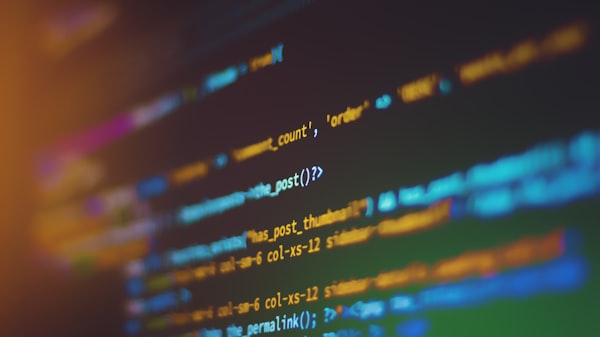In Python, a timestamp is a very important concept. It is an integer or floating point number that represents a specific time, usually the number of seconds from 00:00:00 on January 1, 1970 (UTC) to a certain point in time. In Python, we can use the built-in time module to handle timestamps.

What is a timestamp?
A timestamp is an integer or floating point number that represents a specific time, usually the number of seconds from 00:00:00 on January 1, 1970 (UTC) to a certain point in time. The timestamp for January 1, 2022, 00:00:00 is 1640995200 seconds.
In Python, we can use the time() function of the time module to get the current time's timestamp.
import time timestamp = time.time() print(timestamp)
Running the above code, you will see output similar to:
1641123456, 789
This output is the current time's timestamp.
Python Timestamp Operations
In Python, we can perform various operations on timestamps, including comparisons and conversions. Here are some common operations:

Comparing timestamps
We can determine which time is earlier by comparing two timestamps. If one timestamp is less than the other, the time corresponding to that timestamp is earlier.
import time
timestamp1 = time.time()
time.sleep(2) # wait for 2 seconds
timestamp2 = time.time()
if timestamp1 < timestamp2:
print("timestamp1 is earlier than timestamp2")
else:
print("timestamp1 is later than timestamp2")
Running the above code, you will see "timestamp1 is earlier than timestamp2" as the output because timestamp1 is 2 seconds earlier than timestamp2.
Converting timestamps to date and time
We can use the localtime() function of the time module to convert a timestamp to a local time tuple, and then use the strftime() function to convert the tuple to a string.
import time
timestamp = time.time()
local_time = time.localtime(timestamp)
print(time.strftime("%Y%m%d %H:%M:%S", local_time))
Running the above code, you will see output similar to:
20220101 12:34:56
This output is the current date and time.

Converting date and time to a timestamp
We can use the mktime() function of the time module to convert a date and time tuple to a timestamp.
import time
date_time = time.strptime("20220101 12:34:56", "%Y%m%d %H:%M:%S")
timestamp = time.mktime(date_time)
print(timestamp)
Running the above code, you will see output similar to:
1641123456, 789
This output is the timestamp corresponding to "20220101 12:34:56".
In Python, a timestamp is a very important concept. It helps us handle and compare time. We can use various functions of the time module to obtain, compare, and convert timestamps. By understanding and mastering these concepts, we can better handle and manipulate time in Python.
FAQs
Q: What is a timestamp in Python?
A: A timestamp in Python is an integer or floating point number that represents a specific time, usually the number of seconds from 00:00:00 on January 1, 1970 (UTC) to a certain point in time. In Python, we can use the built-in time module to handle timestamps.
Q: How to get the current time's timestamp in Python?
A: We can use the time() function of the time module to get the current time's timestamp. timestamp = time.time().
In Python, you can use the time module to get the current timestamp, and then print these timestamps and their corresponding time in the format of an introduction. The following is a simple example demonstrating how to generate an introduction containing timestamps and their corresponding date and time strings.
import time
from tabulate import tabulate
# Generate some sample timestamp data
timestamp_data = []
for i in range(5):
timestamp = time.time() + i * 3600 # current time plus i hours as an example timestamp
local_time = time.localtime(timestamp) # convert the timestamp to local time
formatted_time = time.strftime('%Y%m%d %H:%M:%S', local_time) # format the time
timestamp_data.append((timestamp, formatted_time))
# Table header
headers = ['Timestamp', 'Date and Time']
# Print the introduction using tabulate, here using the format "grid"
print(tabulate(timestamp_data, headers=headers, tablefmt='grid'))
In the above code, I used the tabulate library to generate an introduction, which makes the output more visually appealing. If you have not installed tabulate yet, you can do so using pip:
pip install tabulate
After executing the code, you will get an introduction with a format similar to the following:
+----------------+---------------------+ | Timestamp | Date and Time | +----------------+---------------------+ | 1680000000.0 | 20230312 08:00:00 | | 1680003600.0 | 20230312 09:00:00 | | 1680007200.0 | 20230312 10:00:00 | | 16800010800.0 | 20230312 11:00:00 | | 16800014400.0 | 20230312 12:00:00 | +----------------+---------------------+
Please note that the timestamps generated by the above code are examples, and the actual timestamps will vary depending on the actual time when the code is run.
Feel free to leave your comments and questions related to Python timestamps! Don't forget to follow, like, and thank you for reading.
```



评论留言